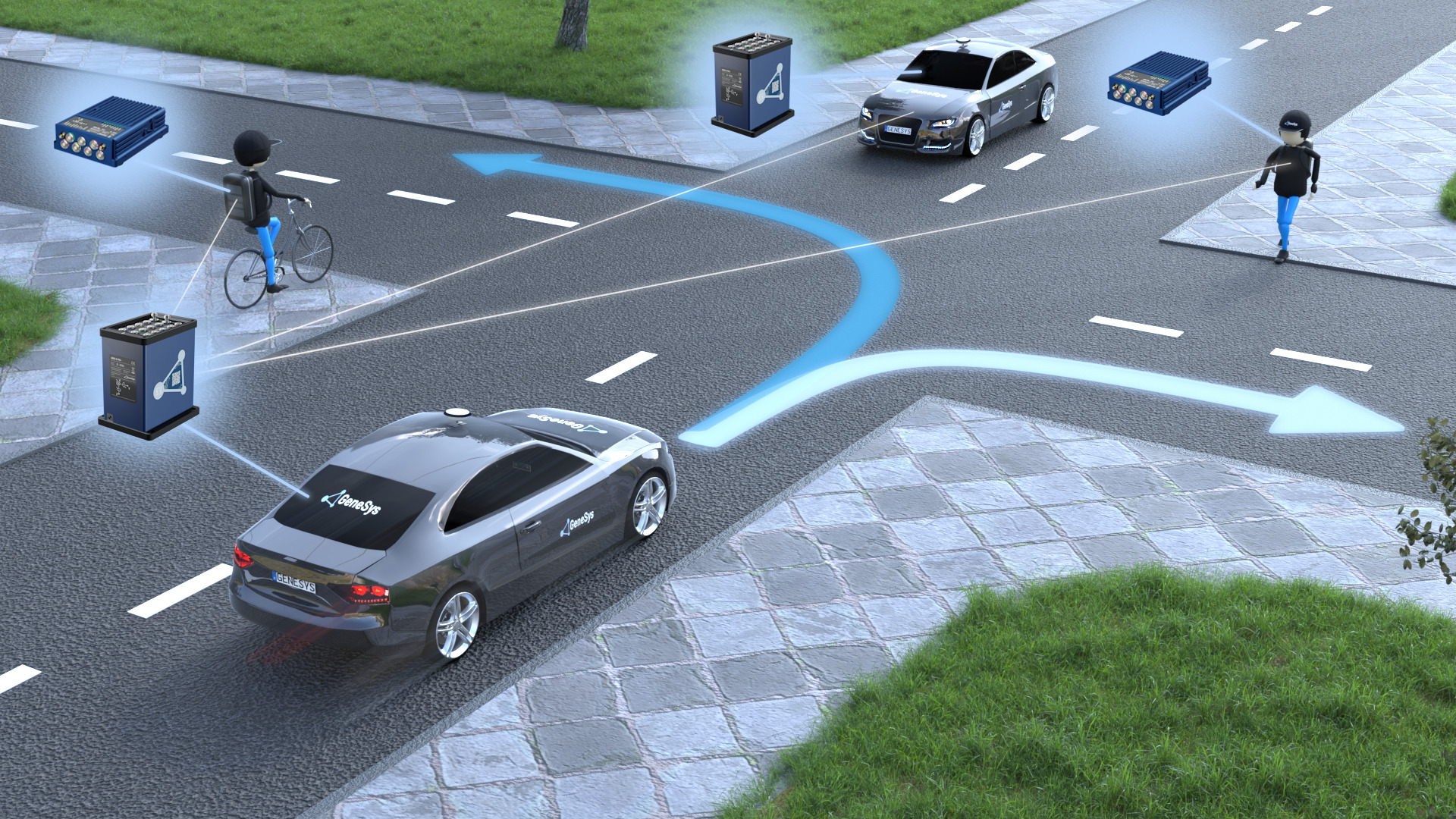GB T40429 Lidar System Performance Testing
The GB/T 40429 standard is a crucial guideline for ensuring the performance and safety of LiDAR systems in autonomous vehicles. This standard sets out specific test methods to evaluate the accuracy, reliability, and robustness of LiDAR systems under various operational conditions. Compliance with this standard is essential for manufacturers aiming to meet stringent quality control measures and regulatory requirements.
The testing protocol outlined by GB/T 40429 encompasses a series of rigorous procedures designed to assess key performance indicators (KPIs) such as range, angular resolution, point density, and accuracy. These tests are conducted in controlled environments that simulate real-world driving scenarios, ensuring that the LiDAR systems perform consistently across diverse terrains and weather conditions.
The primary focus of this service is to provide a comprehensive suite of testing services tailored to meet the stringent requirements set forth by GB/T 40429. Our experienced team utilizes state-of-the-art equipment and facilities to ensure precise and reliable test results. This includes high-precision laser scanners, data processing software, and environmental simulation chambers that replicate various driving conditions.
Our testing methodologies are designed to identify any potential issues or discrepancies in the performance of LiDAR systems early in the development process. By doing so, we help our clients mitigate risks associated with non-compliance and ensure their products meet industry standards. This not only enhances product quality but also facilitates smoother market entry and compliance.
The importance of GB/T 40429 testing cannot be overstated, especially in the context of autonomous vehicles where safety is paramount. The standard ensures that LiDAR systems can accurately perceive their surroundings, enabling safe and reliable operation of self-driving cars. This includes detecting obstacles, distinguishing between different types of objects, and maintaining accurate positioning data.
Our team of experts works closely with clients to understand their specific needs and requirements. Whether it's for initial development testing or final certification, we offer a tailored approach to meet your unique challenges. Our services extend beyond mere compliance; they provide valuable insights into performance optimization and potential areas for improvement.
In addition to the standard test protocols, our team can also assist in customizing tests based on specific client requirements. This could include additional environmental factors such as temperature extremes or electromagnetic interference, ensuring that all possible scenarios are covered during testing.
By partnering with us for GB/T 40429 lidar system performance testing, you gain access to world-class facilities and expertise. Our commitment to quality and reliability ensures that your products not only meet but exceed the highest standards in the industry.
- Evaluation of range accuracy
- Angular resolution assessment
- Point density measurement
- Environmental condition simulation
- Data processing and analysis
Why It Matters
The importance of GB/T 40429 testing lies in its role as a critical quality assurance tool for autonomous vehicle manufacturers. By ensuring that LiDAR systems meet the stringent criteria set by this standard, companies can enhance the safety and reliability of their products.
LiDAR technology plays an indispensable role in autonomous vehicles, providing real-time data on surroundings to enable safe navigation. Any discrepancies or failures in LiDAR performance could have severe consequences, making thorough testing imperative. This not only protects consumers but also helps manufacturers maintain a competitive edge by delivering superior products.
Compliance with GB/T 40429 is essential for companies aiming to enter the autonomous vehicle market. The standard provides a benchmark against which products can be evaluated, ensuring they meet industry standards and regulatory requirements. This fosters trust among consumers and stakeholders, facilitating smoother market acceptance.
Moreover, testing according to GB/T 40429 helps identify potential areas for improvement in product design and functionality. By proactively addressing these issues during the development stage, companies can enhance overall product quality and reliability. This proactive approach not only reduces costs associated with post-market recalls but also strengthens brand reputation.
The standard's emphasis on real-world driving conditions ensures that tested products perform consistently across various environments. This is particularly important in autonomous vehicle testing, where the ability to adapt to changing conditions is crucial for safe and efficient operation.
Industry Applications
The GB/T 40429 standard finds wide applicability across various sectors within the automotive industry. Autonomous vehicles, in particular, benefit significantly from this testing protocol as it ensures that LiDAR systems operate reliably under diverse conditions.
In autonomous driving applications, LiDAR technology is used to perceive the environment and make real-time decisions. GB/T 40429 testing helps ensure that these systems can accurately detect obstacles, pedestrians, and other vehicles, enabling safe and efficient navigation through urban environments.
The standard's emphasis on environmental condition simulation makes it particularly relevant for testing LiDAR systems in different climates and terrains. This ensures that autonomous vehicles are capable of functioning reliably regardless of weather conditions or road surfaces.
For advanced driver assistance systems (ADAS), GB/T 40429 testing provides a robust framework to evaluate the effectiveness of various safety features such as adaptive cruise control, lane departure warning, and pedestrian detection. By ensuring that these systems perform consistently under simulated driving scenarios, manufacturers can enhance overall vehicle safety.
The standard's focus on point density measurement is crucial for applications requiring high-resolution mapping. In autonomous vehicles, this ensures accurate and detailed mapping of the surrounding environment, which is essential for navigation and obstacle avoidance.





